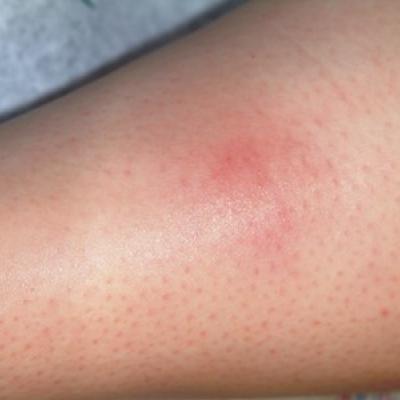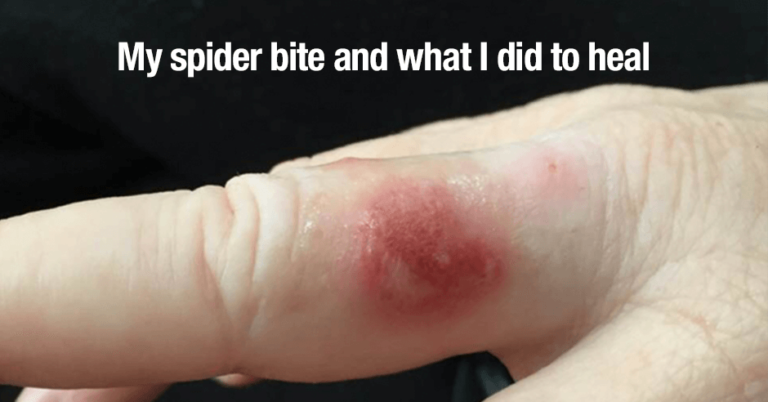

In the case of the man in France who developed the strange rash, the doctors also found that he had a blood disease called periarteritis nodosa (PAN), in which small arteries become swollen and damaged. (Toxinology is the study of the venoms and poisons of plants, animals and microbes it is different from toxicology, which is the study of chemicals and drugs as they affect the body.)

Scott Weinstein, a toxinologist at Women's and Children's Hospital in North Adelaide, South Australia, told Live Science.
#Blood disorders and spider bits verification#
In fact, researchers estimate that less than one case of dead human tissue is reported per 5,000 spider bites from verified spider specimens, and verification of spider bites is very rare, Dr. Although the creepy crawler's size may make it look threatening, it is not aggressive and, like most spiders, will only attack when it feels threatened, experts say.Īlthough there have been cases of "necrotic arachnidism," in which spider venom kills human tissue, such cases are extremely rare. The Brazilian wandering spider is large, with a body size reaching up to 2 inches (5 centimeters) and leg spans stretching 5 or 6 inches (13 to 15 cm). Researchers have since tested the toxin that is responsible for this unusual effect, called PnTx2-6, in the hope of developing a potential new drug for erectile dysfunction. The effect happens because the spider's venom raises the levels of nitric oxide, which is a chemical that increases blood flow.

In 2007, researchers found that the bites of the Brazilian wandering spider can cause long and painful erections in human males, along with other symptoms. The Brazilian wandering spider's venom contains a toxin whose unusual erection-inducing qualities have attracted the attention of the pharmaceutical industry.


 0 kommentar(er)
0 kommentar(er)
